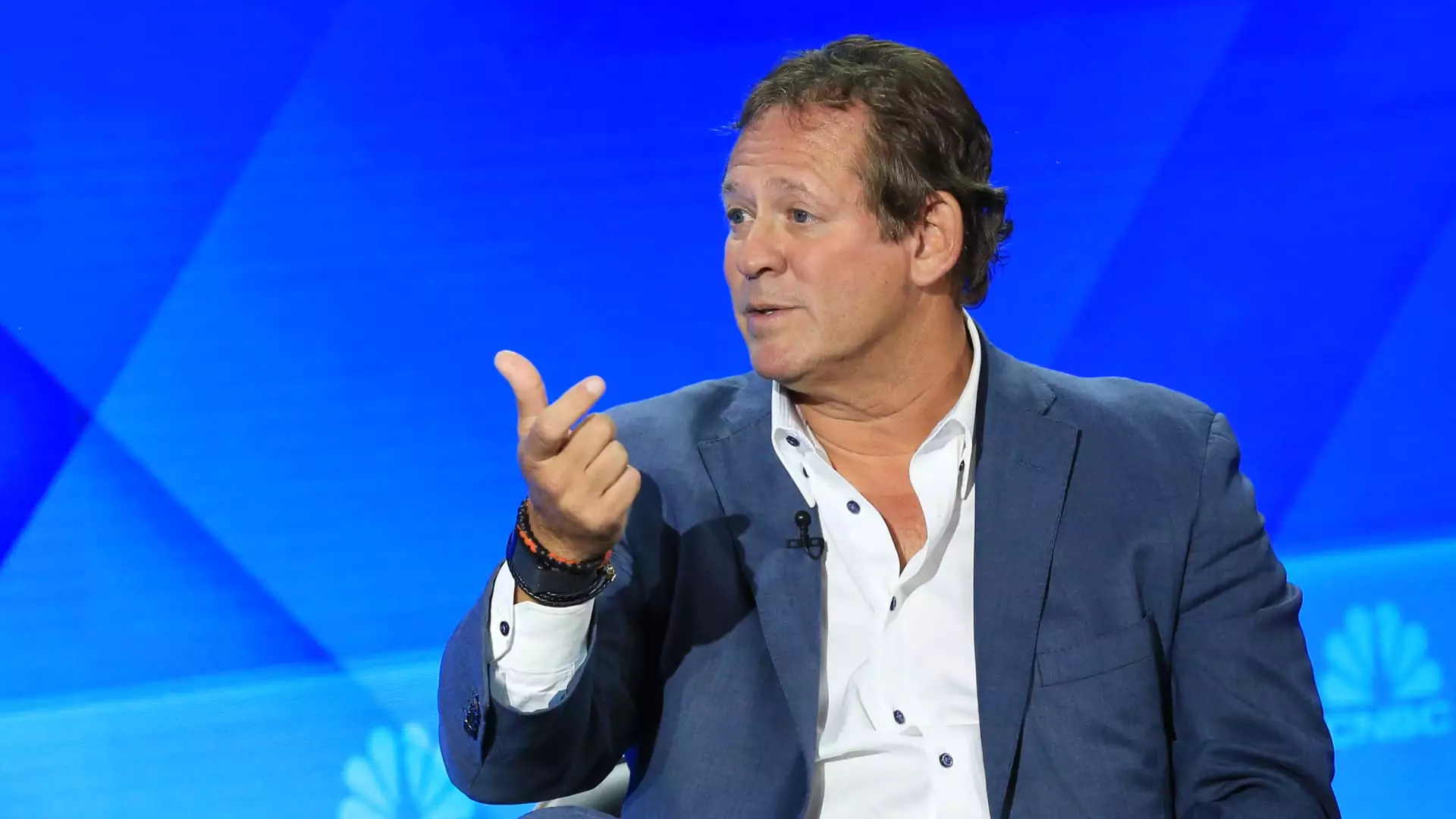As the markets navigate through economic turbulence, one voice that deserves attention is that of Rick Rieder, BlackRock’s chief investment officer for global fixed income. His emphasis on high-yield bonds, particularly those with a maturity of three to five years, demonstrates a calculated perspective amid unpredictable market conditions. Rieder’s strategy signals a strong stance against the backdrop of heightened volatility over long-term rates, a sentiment echoed by many investors who find themselves skittish after recent developments impacting U.S. credit ratings. Importantly, Rieder’s methodology is noteworthy; he’s not merely reacting to shifting tides but is actively adapting to the realities, which showcases an insightful approach that many can learn from.
The Implications of Credit Rating Downgrades
The U.S. credit rating downgrade by Moody’s from Aaa to Aa1 certainly sent shockwaves through the financial sector, leading yields on 10- and 30-year Treasuries to skyrocket. Rieder takes a keen look at how such events influence investor behavior, particularly in the realm of high-yield bonds. This event serves as a stark reminder of how interconnected political decisions—like tariffs—can lead to economic instability, pushing investors toward more secure assets. However, what Rieder aptly identifies is the potential for recovery; he posits that any economic setbacks will be short-lived. This optimistic view could inspire confidence in those willing to venture back into high-yield investments, balancing risks with potential returns.
The Sweet Spot in High-Yield: B-rated Bonds
One of the most compelling aspects of Rieder’s analysis lies in his focus on BB and B-rated bonds. While many are quick to view all high-yield bonds as risky, Rieder convinces us that within the B tranche, there exists a lucrative opportunity. He asserts that B-rated bonds represent a “sweet spot,” combining the allure of yield with a manageable risk profile. Unlike lower-rated CCC bonds, which could crumble under economic pressure, B-rated bonds present a more stable investment. This differentiation is vital for investors searching for routes to optimize yield without plunging into perilous waters.
A Barbell Strategy: Diversification at Its Best
Rieder’s portfolio management tactics include a barbell strategy that interweaves high-yield assets with government-backed securities. This strategy not only enables diversification but also mitigates credit risk—an astute maneuver considering the unpredictability in today’s financial landscape. The inclusion of agency mortgage-backed securities, for example, highlights a calculated risk aversion while still playing the yield game. Furthermore, Rieder suggests that the current environment may create unique opportunities to acquire these mortgages at attractive valuations, especially as interest rate fluctuations arise. For investors who can maintain a balanced outlook by mixing higher-yield and safer assets, the result is a more resilient portfolio.
Global Perspectives: The Allure of European Bonds
Interestingly, Rieder’s recent pivot towards European sovereign bonds reflects an undercurrent of confidence that many investors may overlook. With economies in places like Germany and Italy slowly rebounding from years of negative interest rates, these higher yields offer a tantalizing alternative for fixed-income investors. Rieder emphasizes the advantages of purchasing these bonds, particularly for dollar investors engaging in FX swaps. This global insight is crucial, as it positions American investors to take advantage of relatively favorable conditions abroad—an opportunity often neglected in the face of domestic uncertainties.
By maintaining a laser focus on the five- to 10-year segment of the curve, Rieder aims to balance short-term risks with long-term gains, showcasing an investment philosophy that nurtures growth while acknowledging the ever-present volatility within global markets.
Through these five insights, Rick Rieder elucidates his vision for high-yield investments amid the complexities of an evolving economic landscape. While caution persists in the broader market, his perspectives offer a template for those willing to tread carefully while still pursuing growth opportunities.

